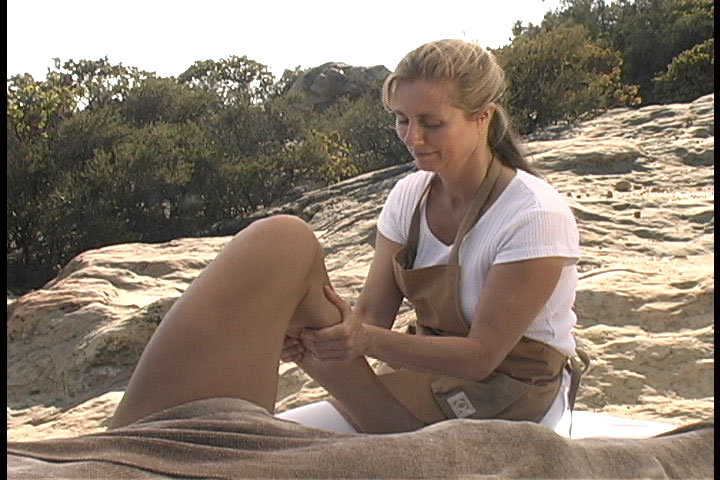SPOILER ALERT!
Treat Myofascial Pain Syndrome With Physical Therapy And Myofascial Release

Myofascial Release is an alternate therapy treatment claimed to be somewhat helpful for the treatment of chronic obstructive pain and restricted mobility by relaxing tensed adhesions, enhancing blood flow, oxygen, and nutrients into the location, in addition to stimulating the pure stretch reflex in wounded muscles. It's often recommended for patients with slight to moderate osteoarthritis. Proponents claim that myofascial release helps improve flexibility, joint variety of motion, increased range of motion, normalize sore muscles, improve blood circulation, increase energy and endurance, decrease swelling and pain, reduce stiffness, and increase bone densityalleviate pain associated with arthritis, improve posture, increase flexibility, control gait, and increase energy. It is often advocated as a complementary therapy to different forms of therapy such as acupuncture, massage, hot and cold therapies, Yoga, physical therapy, tai chi, or qigong. Proponents assert that treatment has been demonstrated to extend an advantage for all these are as.
It's claimed that the mechanisms of myofascial release is quite simple. Myofascial regions are"stuck" or jump tightly by tensed tissue up. When this tissue gets less tight, it can compress on the structures that it is connected to inducing inflammation, pain, or stiffness. Trigger points additionally known as knots or zigzag patterns form in the muscles and tendons of their human anatomy. Myofascial areas are often tensed up and become more intelligent with repetitive actions like studying, sewing, exercising on a system, or playing sports. Trigger points make visitors to feel like they will have"too much work","not enough play", or"not enough rest".
Trigger points and myofascial release are used in massage therapy. A therapist may use long, gliding strokes on specific muscles to unwind and cut back soreness. There is not now any scientific evidence that shows myofascial release can relieve discomfort when used alone. Even though it were really effective, it will be followed closely with a soreness of its .
A number of studies have proven that myofascial release can help relieve muscle spasms caused by vaccines. However, this was not proven to be true in all instances. Massage therapists think that prolonged sustained pressure on the muscle increases the degeneration practice and causes greater damage than the first injury. They also assert it can relieve some of their suffering from sport related accidents, even though there is no evidence that it really does.
Those who practice conventional massage therapy claim that myofascial release does not increase the rate of bone loss and muscle hypertrophy. The increased lubrication may be utilized for treatment if employing it directly into the injured area. But as it's employed to muscles instead of bones, much of the pain relief comes out of increased circulation.
Myofascial discharge was demonstrated to decrease inflammation in patients with both shoulder and lower back pain. But as that is primarily an approach to reduce pain rather than eradicate it, there is no evidence to support this conclusion. If a person is more prone to becoming injured and undergoing persistent burnout inside their muscles then they should truly consider trying myofascial release as a part of their everyday fitness routine. However, do not expect it to cure any inherent issues. It could relieve symptoms of shoulder and spine pain, but chronic stiffness in the muscles can come back with greater pain if it is not medicated.
If you have attempted using myofascial release methods without success, then it is ideal to attempt to loosen the region to secure far better results. This can be done by gently pulling out the muscles. Support the tension on your palms for five seconds and then relax the hands. 천안출장마사지 Repeat five times for each finger. Do so together with your arms as well as legs.
The benefits of physical therapy and myofascial release are well publicized. In order to reap the benefits, though, you need to buy both. Physical therapy can help to strengthen weak or imbalanced muscles, even while myofascial release works to loosen up tight muscles that are vulnerable to injury. If you're having chronic pain, then don't delay in searching out these alternate therapy choices.
